Wadi Araba Border Crossing
When visitors come to Israel, depending on how much time they have they often want to combine their stay in the Holy Land with a trip to one of its neighbouring countries - Egypt or Jordan. And whilst Egypt has the lure of diving spots, it’s Jordan that most tourists head to, for a chance to see the magnificent lost city of Petra, nestled in the desert.
Tourists on a day tour in Petra, Jordan. Photo credit: © istockphoto
Travelling in Israel and Beyond
Indeed, in the last ten years, there has been an explosion of interest in Petra Tours - it’s an archaeological/historical/geological/engineering wonder, that’s for sure, and with it being reasonably close to Israel, there’s no reason not to take a couple of days to travel there and experience one of the seven new Wonders of the World. No wonder so many people are looking for a Tel Aviv-to-Petra Tour or affordable tours to Petra from Jerusalem.
Travelling to Jordan Overland
Israel has three border crossings with Jordan - in the north, the centre and the south of the country. Most tourists opt for the third one, at the edge of the city of Eilat. It is known as the Wadi Araba or the Yitzhak Rabin border crossing. In this article, we're going to take you through the entire process - travelling from Tel Aviv or Jerusalem, down to Eilat, located on the Red Sea.
Then, from Eilat to the actual border crossing, we’ll go through the hows, wheres and whys - what time the border opens, what time the border closes, how much a visa for Jordan will cost you and how to continue onto Petra, Wadi Rum or Amman, once you reach the other side! OK. Are you ready to find out more?
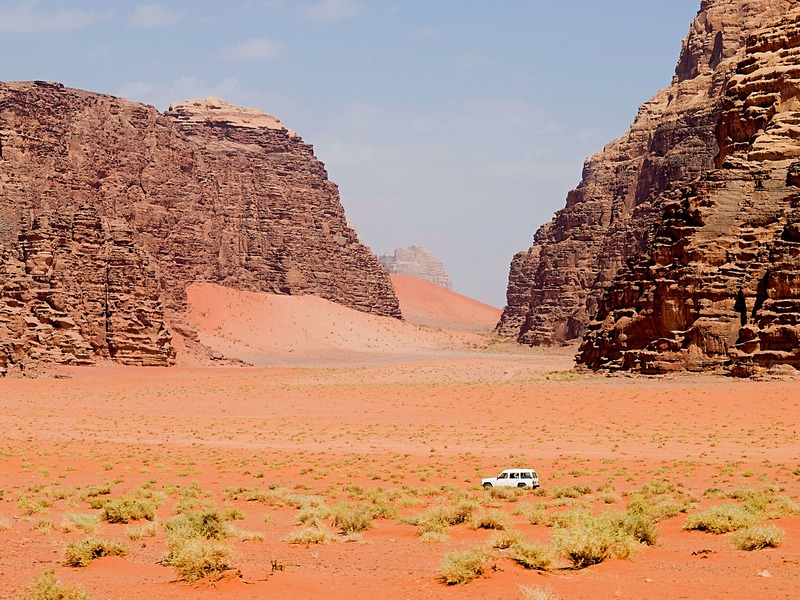
A jeep tour in Wadi Rum Desert, Jordan. Photo credit: © istockphoto
How do I get to the border with Jordan from central Israel?
Travelling from Tel Aviv, Jerusalem, Haifa and other parts of the country is not too difficult, since Israel is a small country with well-developed infrastructure. Essentially, there are three ways - public transport (in the form of an Egged bus), a rental car (easily available) or a short flight from Ben Gurion Airport near Tel Aviv to the Ilan Ramon Airport, which is 15km from Eilat.
Egged is the national bus company of Israel (its green buses are a familiar sight, all over Israel) and they run to Eilat regularly from the big cities. Getting from Tel Aviv to Eilat or from Jerusalem to Eilat will take around 5 hours and a one-way ticket will cost you around 70 NIS. Buses leave every 2 hours and begin running at 6 am.
Eilat is approximately 397 km from Tel Aviv, and 352 km from Jerusalem so, if you don’t hit traffic or stop for coffee, you could technically arrive in 4 hours. There are a number of car rental companies you can turn to - Budget, Shlomo Sixt, Hertz and Eldan included - and prices can be quite competitive, especially if you shop around on the internet.
Flying from Ben Gurion to Ilan Ramon airport is your fastest option - it’s a quick and painless 55 minutes in the air and you only have to be at Ben Gurion an hour before departure. Both Arkia and Israir offer regular domestic flights which can start from 150 NIS one way (approx. $46).
Al-Khazneh, the Treasury temple at night, Petra, Jordan. Photo credit: © istockphoto
How do I get from the Ilan Ramon airport to the Wadi Araba border crossing?
You’ll land in Eilat’s new airport, Ilan Ramon, which is a state-of-the-art facility that opened recently. Located just 15 km north of Eilat, it will take you about 20 minutes to travel from the airport to the city centre. You can journey there either by private taxi (which you can find at a stand outside the building), order an airport transfer beforehand (best done by using a reputable Israeli tour operator like ourselves) or use public transportation in Israel.
If you’re taking a taxi, you can ask the driver to drive you straight to the border. You should expect to pay anywhere between 130-150 NIS (40-47 USD) for the entire journey (feel free to bargain) and the journey should take around 20 minutes. Ordering a private car will cost more - anywhere from 200-300 NIS (62-95 USD).
If you’re taking public transport, you can use numbers 30, 31, 32 and 50, which all stop at the Eilat Central Station. These public buses run every 20 minutes from the airport to the city. Once you’re in Eilat, you can then pick up their hourly bus in the direction of the border crossing. The only ‘problem’ is that it will drop you around 1.5 km from the border. This means if you have a lot of luggage or are travelling in high season (when it’s very hot) it might not be a good option.
However, the cost of using public buses means that you will be able to travel all the way from the Ilan Ramon airport to the Araba/Rabin crossing for less than 10 NIS/ 3 USD (which is very reasonable, in price terms). If you’ve come in a rental car, the good news is there’s a large parking area close to the border where you can leave your car for free (it is forbidden to take an Israeli car into Jordan).
Wadi Araba/Yitzhak Rabin border crossing, Israel. Photo credit: © istockphoto
Is the Wadi Araba/Yitzhak Rabin border crossing currently open?
As we all know, Covid restrictions are changing constantly. At the height of the pandemic, this border was sometimes closed entirely and at other times working on limited opening hours (09.00 to 13.00). But the good news is that, yes, as this goes to publication, the Wadi Araba/Yitzhak Rabin border is currently open for tourists. At present, these are the guidelines you need to follow, in terms of the Corona situation:
1. You will need to show proof of a negative PCR test that you have taken no more than 72 hours before crossing the border. The test needs to be carried out by a recognised institution - home tests are not acceptable. There are many clinics and shopping malls across Israel at which you can take this test.
2. You must present then a confirmation of entry form to Jordan - of course, it can be filled in online.
3. When you arrive at the Jordanian side of the border, you will be asked to take another PCR test. You will have to pay for the cost of this test.
Whilst things seem to be moving in a forward direction, vis a vis the pandemic, to save you major time, energy, cost and frustration, we strongly advise that you check with the Israeli authorities before you set off for the border.

Camels in Petra. Photo credit: © istockphoto
What are the operating hours for the Araba/Rabin border crossing?
Regular working hours at Israel’s southern border with Jordan are Sunday to Thursday 06.30 - 20.00; Friday and Saturday 08.00 to 20.00. Please note that the border crossing is closed on two of the major Jewish holidays, Rosh Hashanah (the New Year) and Yom Kippur (the Day of Atonement).
Additionally, when political tensions arise between Israel and its neighbours, the border may be closed at short notice. If you’re planning on travelling to Jordan from Israel during an ‘outbreak of conflict’ then keep up-to-date with the local news.
Is it possible to buy a visa on arrival at the Araba/Rabin border crossing?
The good news is that, for the majority of people, it is very easy to purchase a visa for Jordan on arrival at the border. This can be paid for either with cash or a credit card (see below).

Woman in the dunes of Wadi Rum, Jordan. Photo by Karam Hamadneh on Unsplash
What are the facilities like at the Araba/Rabin border?
The facilities at this crossing are very modern! As mentioned before, there is a free parking lot close by, vending machines (for buying drinks and snacks), a currency exchange stand and a decent Duty-Free section, stocked with perfumes, alcohol and chocolate.
The Araba/Rabin border crossing is also accessible for disabled people. At the car parking lot, there are spaces reserved for those with disabilities. Additionally, the Yitzhak Rabin terminal has passages that have been widened so that wheelchairs can be pushed through with ease. (Wheelchair use is free of charge). There should also be luggage porters there, if you need help.
How much will a Jordan visa cost me?
At the time of writing this, a visa to enter Jordan will cost you 40 JOD (which is approximately $56) a double-entry visa will set you back 60 JD ($85.00 USD) and if you, by chance, need a multiple-entry visa, expect to pay 120 JD ($170).
A bridge in Eilat. Photo credit: © istockphoto
What happens once I’ve left the Israel side and arrived in Jordan?Once you’ve arrived at the Jordanian side, you will have to show proof of your Corona test from Israel and then a subsequent PCR test, carried out by the Jordanian officials. You will then need to purchase your visa (see above). Once you have a visa, and all your Corona work has been deemed to be in order, you will pass through to the exit terminal. If you are travelling with a group, this will be where you rejoin your guide/bus.
If you are travelling independently, you are going to find yourself at the mercy of a ‘taxi cartel’ that operates between the border and Aqaba. It is only a 12-minute journey but there is no public transport, so you really have no other option than to pay the set fee for a taxi. This can be anywhere between 10-12 JOD. Simply tell the taxi driver to take you to the bus station in Aqaba, you can then find "monit sherut" (ten-person vans) that operate regularly and will take you on to Petra or Amman.
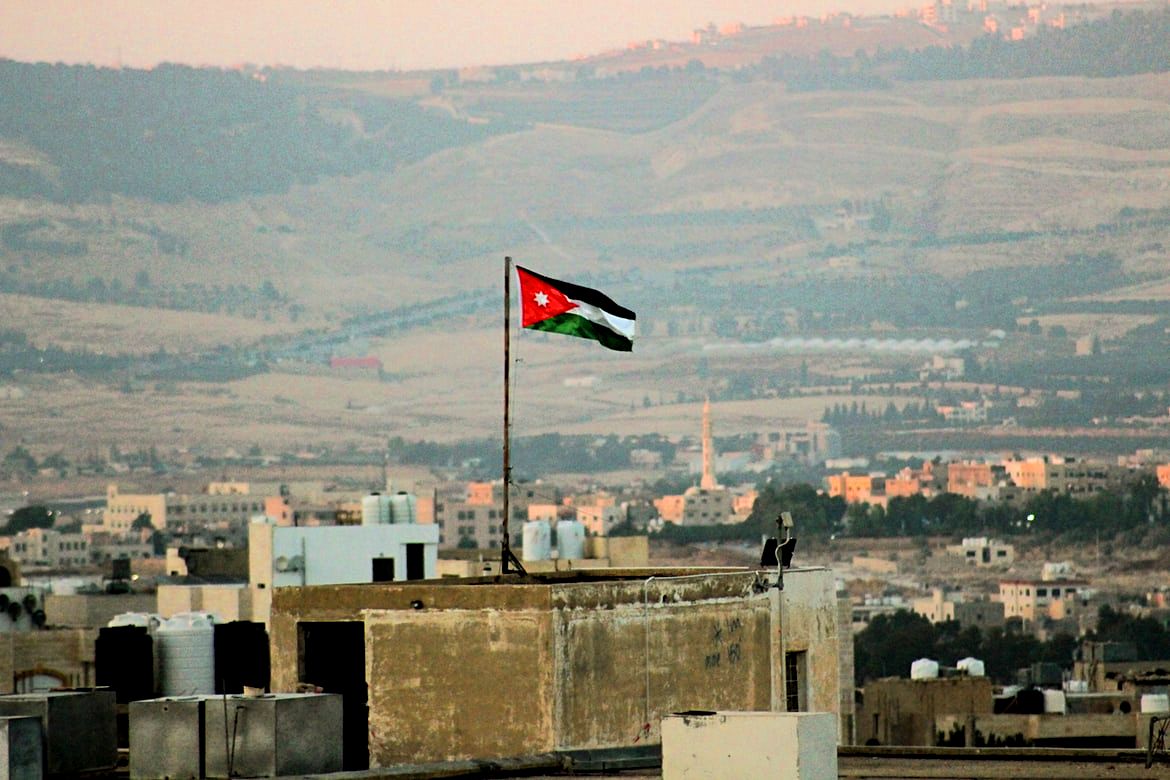
The Jordanian flag. Photo by Yazan obeidat on Unsplash
Can I take a Guided Tour of Petra?
Yes, you can, and this is something we’d recommend for many reasons. If you take a group tour to Petra, there are many things you won’t have to deal with - visa and language issues, haggling for a taxi to take you from the border to Aqaba, finding transport onto Petra, looking for accommodation and - of course - queuing up for your entrance tickets (in high seasons, the lines can be very long).
You’ll also have the services of an experienced guide - someone who speaks fluent English (or perhaps even French, German or Spanish) but knows Arabic too, which is really helpful. He or she will know all the ins and outs of your trip, how to make things go smoothly from start to finish and of course, will always be there in the event that a problem arises.
If you book a guided Eilat-Petra tour, a bus will pick you up from central Eilat and take you directly to the crossing. Once there, you will be met by one of our representatives, who will assist you in dealing with the practicalities of crossing. It is a quick and painless way of dealing with the international border, and many people who have taken our trips say that it’s one of the best things about travelling with a guide - knowing that any potential difficulties will be taken care of.
Having said that, it is possible to travel to Petra independently - just be aware that you may encounter some hassles along the way, in terms of bargaining for transport, from the border to Aqaba and then onto Petra itself. It will also require more time, of course.

A hotel in Wadi Rum, Jordan. Photo by Nikolay Hristov on Unsplash
Can I cross back from Aqaba to Eilat?
Absolutely. The border crossing works both ways - just take a taxi from Aqaba to the border and, once there, present your passport to the Jordanian authorities. Depending on how many days you have spent in Jordan, you will be asked to pay an exit tax of 10 Jordanian dinars. However, if you have both arrived and are departing from this crossing, and you have stayed more than 3 nights, this tax will be waived. In terms of Corona paperwork, you will need to:
1. Present a confirmation of entry form to Israel:
2. Show proof of a negative PCR test to the Israeli authorities. This needs to have been taken not more than 72 hours before entry to Israel & to Jordan and, as with above (crossing into Jordan) cannot be a home test.
3. Take a PCR test at the Israeli border, before being granted permission to travel on into Israel.
Now all that remains is to wish you a good journey!
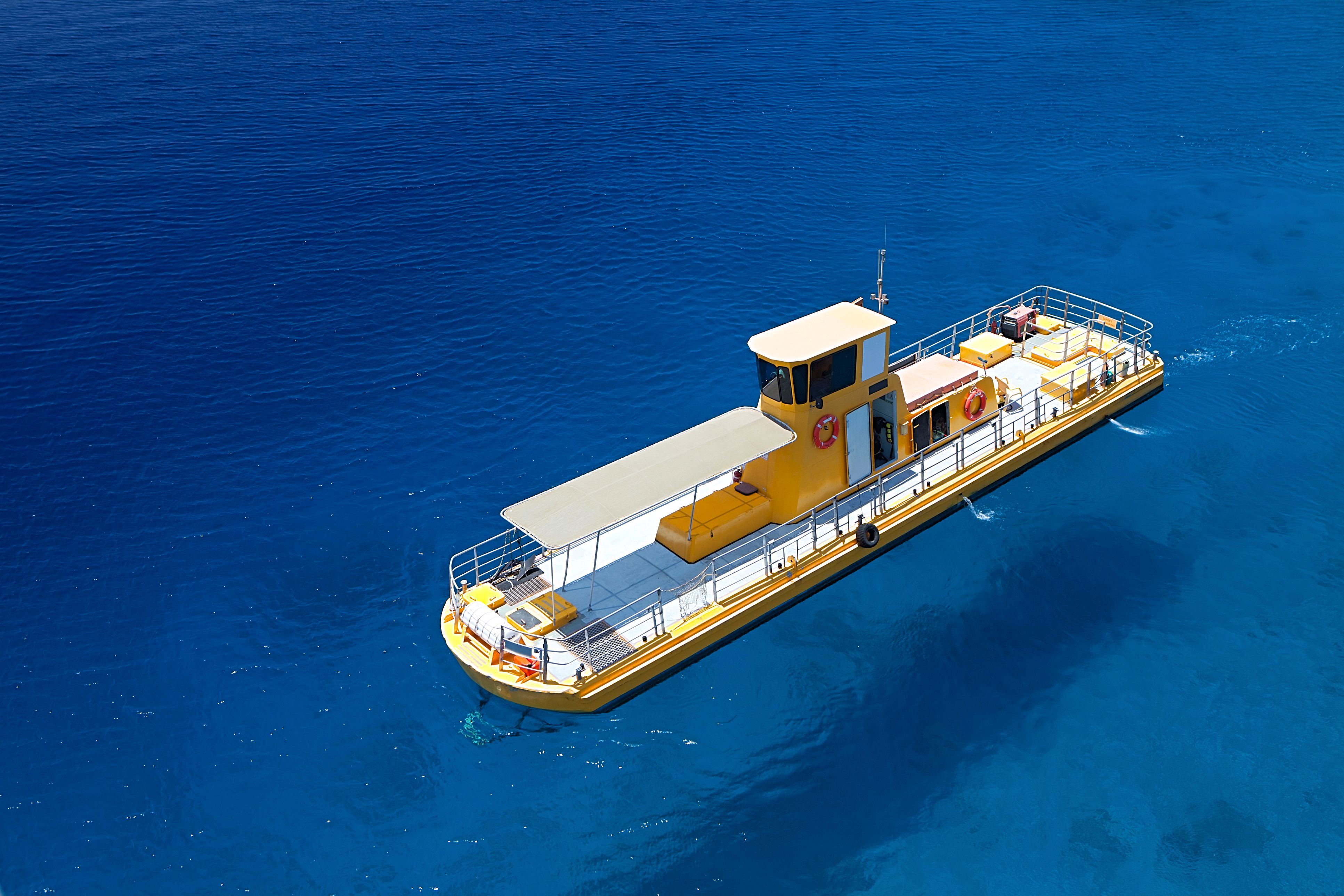
Boat in the Red Sea, Eilat. Photo credit: © istockphoto
 Login / Register
Login / Register
 Contact Us
Contact Us
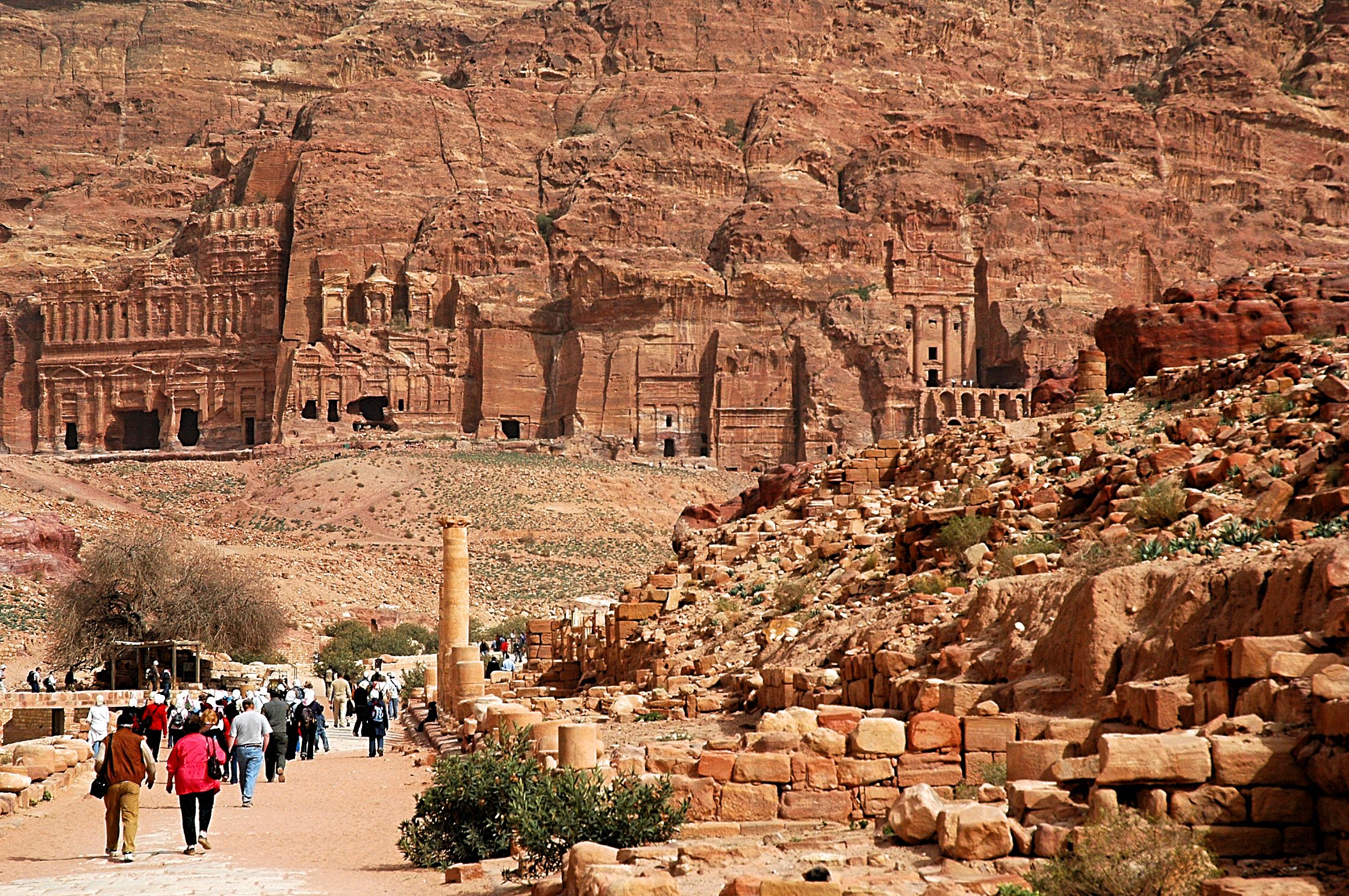

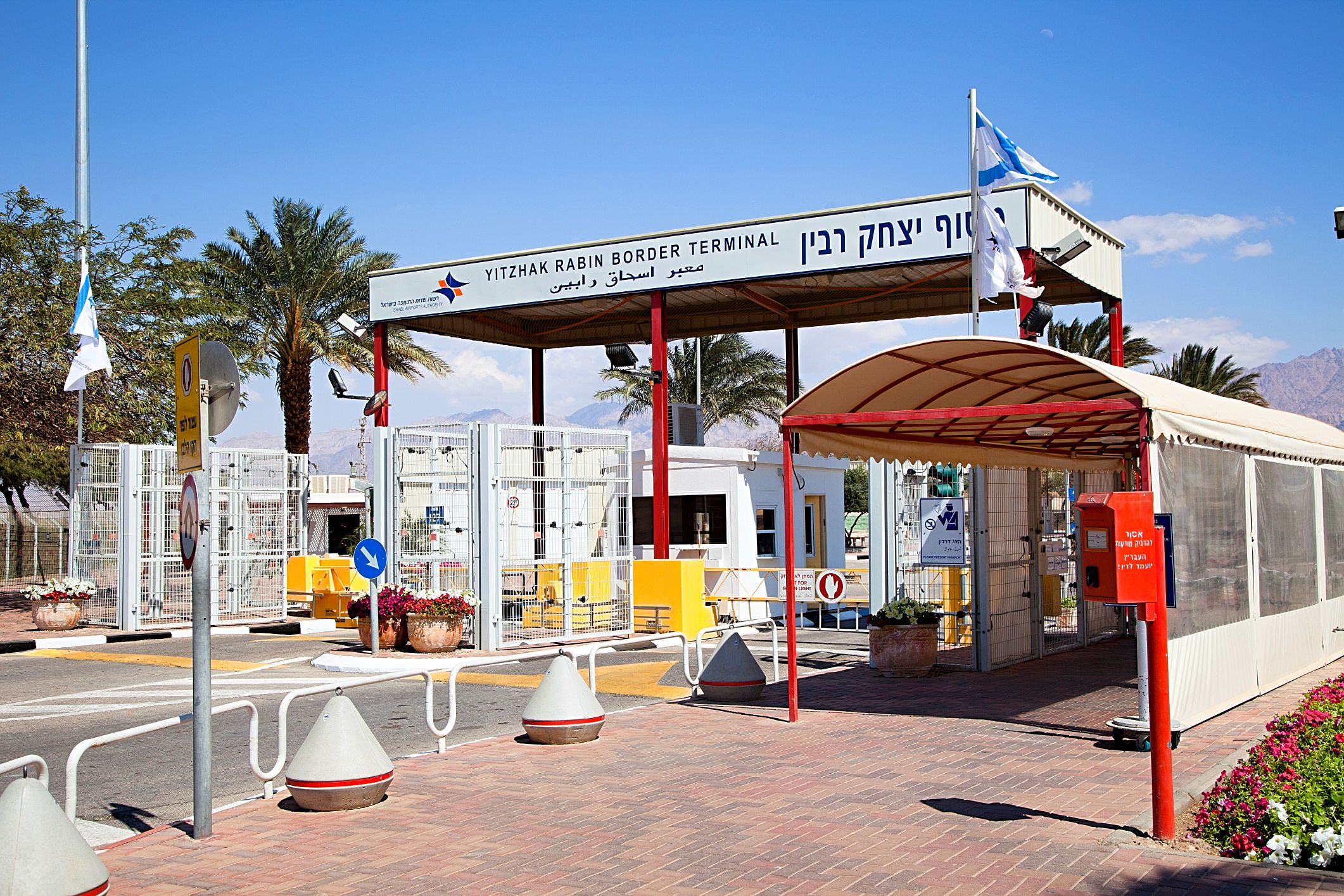
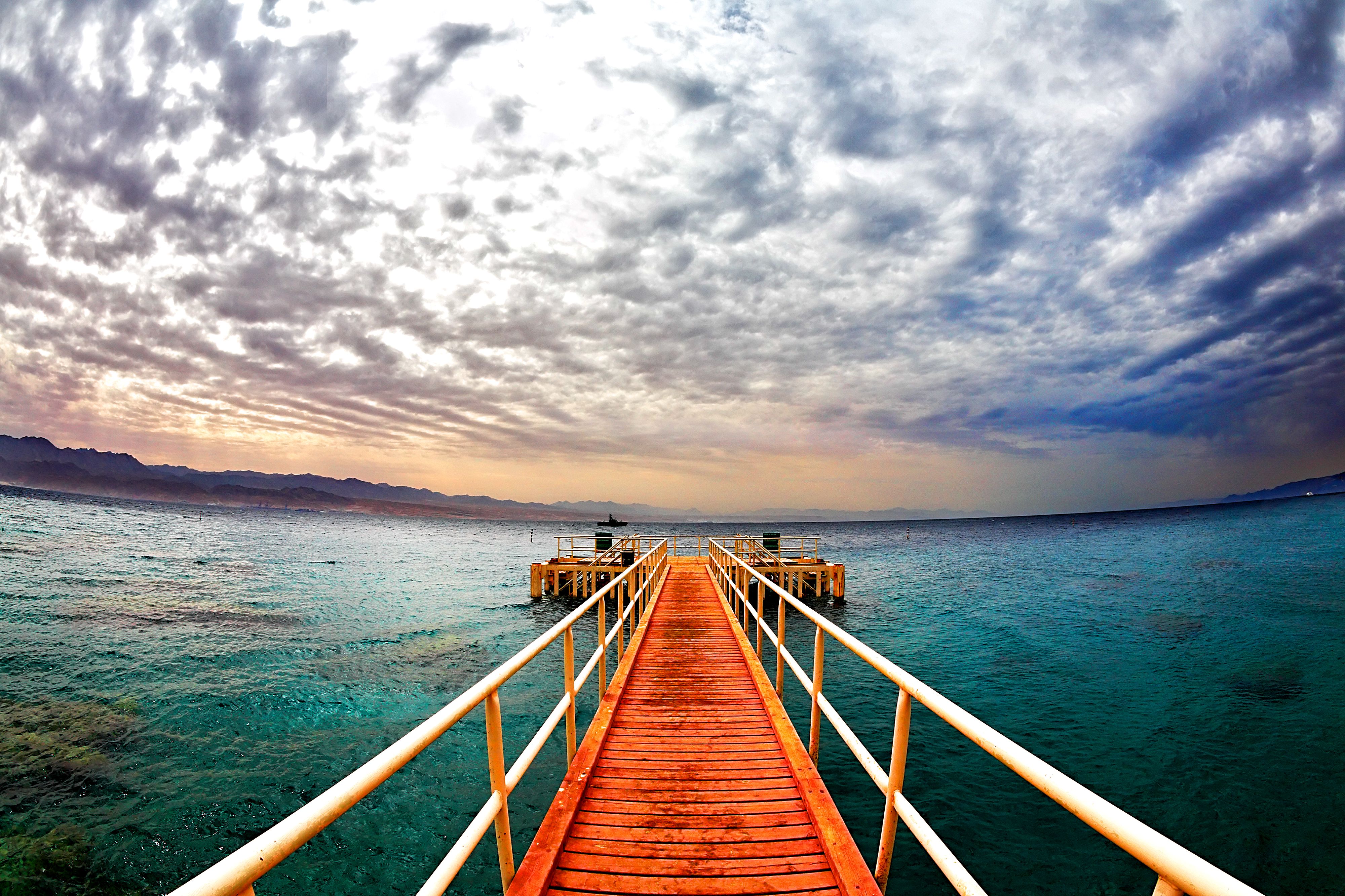
 Certificate of Excellence
Certificate of Excellence Guaranteed Departure
Guaranteed Departure Low Prices Guaranteed
Low Prices Guaranteed 24/7 Support
24/7 Support




